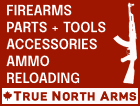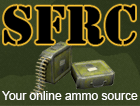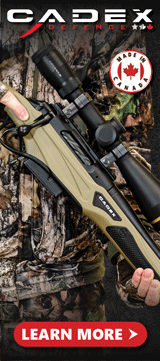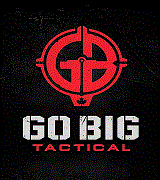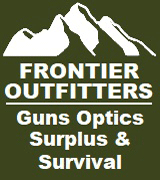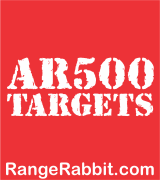zupermann
CGN Ultra frequent flyer
- Location
- Punk-Ass-istan
Do you have Family? Children? Friends? Significant other? 99% of people are not going anywhere.
Rain water catch with a decent water purification and the ability to cook with out gas/electricity (IE a bbq or something like that).
The home is dry shelter, at home you have plenty of clothing and warmth.
If it has gotten so bad that hospitals are shut down and there is no medical. You IFAK isn't going to do much if you collapse a lung from (what I would assume) a gun shot wound.
Not to mention all of this "bug out kit" people buy and never use. Train with it, transport it, work with it. Buy it all, say look at this stuff! Comes time to use it they lose valuable time and effort on how to best manage it in their packs/vehicles ect.
The random hippy guy/girl who lives in her van is more squared away to spend extended periods of time in the middle of no where then the majority of preppers lol.
Yes ! Excellent points.
Bug out kits are over rated unless you're on the run from someone, or something.
Better off staying in place and coordinating with neighbours and friends for the most part
